Inferential Statistical Reasoning of Math Teachers: Experiences in Virtual Contexts Generated by the COVID-19 Pandemic
Abstract
:1. Introduction
2. Theoretical Framework
3. Methodology
4. Development of the Teacher Training Experience
4.1. Group 1 of Prospective Teachers
4.2. Group 2 of Practicing Teachers
- Teacher 1:
- In our team, we used the graphs, their shape, and how the data looked like to answer the problem.
- Teacher educator 1:
- So, you used visualization to make your conjectures, and this can be done only with graphs? What did the other teams do?
- Teacher 2:
- We first analyzed the composition of the data in the table and then resorted to making graphs.
- Teacher educator 1:
- We could say that an important part of the conclusions or conjectures made by the different teams is the visualization, so let’s include the visualization of the data in the composition of the table and the visualization through the graphs.
- Teacher educator 2:
- What other aspect could we include at this level?
- Teacher 3:
- For the problem number two, we used conditional probability.
- Teacher educator 1:
- Should we include it in Level 1 too or in Level 2?
- Teacher 5:
- I think in Level 1, too.
- Teacher 6:
- Me too.
- Teacher educator 1:
- Okay [includes conditional probability in Level 1].
- Teacher educator 2:
- In the chat, teacher 4 says that it is important that the answer is given in terms of the problem.
- Teacher educator 2:
- Teacher 7, in the chat, tells us that answering in terms of the problem should be included in all levels, which is a central aspect for statistical reasoning.
- Teacher educator 1:
- Okay, we include the conclusions in the context of the problem.
- Teacher 8:
- In our team, we looked at the data, which is already at level one, we identified the type of variable and we also needed to define zero, what does zero mean for this variable.
- Teacher educator 1:
- Another important feature of the reasoning, then, is the identification of the type of variable. What about significance? I think team two mentioned it when presenting their strategies.
- Teacher 9:
- We used significance but in the sense of being far from the mean.
- Teacher 10:
- We also used it in the same sense.
- Teacher educator 1:
- Ok, we could include significance as a limit in Level 3, because of the complexity that this notion implies.
- Teacher 11:
- I think all the teams mentioned what we wanted to test, such as the non-increase in sleeping hours, now that we have seen other practices maybe this would be a kind of hypothesis.
- Teacher educator 1:
- We could include it as an intuitive hypothesis in Level 2, and in some solutions that we presented we saw the null and alternative hypothesis in natural language, that we could include it in Level 3.
- Teacher 8:
- In Level 4, we could include both hypotheses posed with statistical terms.
- Teacher educator 2:
- That’s right, so…
4.3. Group 3 of Prospective Teachers
5. Final Reflections
Author Contributions
Funding
Institutional Review Board Statement
Informed Consent Statement
Data Availability Statement
Conflicts of Interest
References
- Callingham, R.; Watson, J.M. The Development of Statistical Literacy at School. Stat. Educ. Res. J. 2017, 16, 181–201. [Google Scholar]
- Pfannkuch, M. Reimagining curriculum approaches. In International Handbook of Research in Statistics Education, 1st ed.; Ben-Zvi, D., Makar, K., Garfield, J., Eds.; Springer International: Cham, Switzerland, 2018; pp. 387–413. [Google Scholar] [CrossRef]
- Sotos, A.E.C.; Vanhoof, S.; Van den Noortgate, W.; Onghena, P. Students’ misconceptions of statistical inference: A review of the empirical evidence from research on statistics education. Educ. Res. Rev. 2007, 2, 98–113. [Google Scholar] [CrossRef]
- Garfield, J.; Ben-Zvi, D. Developing Students’ Statistical Reasoning: Connecting Research and Teaching Practice, 1st ed.; Springer: Dordrecht, The Netherlands, 2008. [Google Scholar] [CrossRef]
- Harradine, A.; Batanero, C.; Rossman, A. Students and Teachers’ Knowledge of Sampling and Inference. In Teaching Statistics in School Mathematics-Challenges for Teaching and Teacher Education, 1st ed.; Batanero, C., Burril, G., Reading, C., Eds.; Springer: Dordrecht, The Netherlands, 2011; pp. 235–246. [Google Scholar] [CrossRef]
- Batanero, C.; Vera, O.D.; Díaz, C. Dificultades de estudiantes de Psicología en la comprensión del contraste de hipótesis [Psychology students’ difficulties on understanding the contrast of hypotheses]. Números Rev. Didáct. Mat. 2012, 80, 91–101. [Google Scholar]
- Zieffler, A.; Garfield, J.; Delmas, R.; Reading, C. A framework to support research on informal inferential reasoning. Stat. Educ. Res. J. 2008, 7, 40–58. [Google Scholar]
- Makar, K.; Rubin, A. A framework for thinking about informal statistical inference. Stat. Educ. Res. J. 2009, 8, 82–105. [Google Scholar]
- Doerr, H.M.; Delmas, R.; Makar, K. A modeling approach to the development of students’ informal inferential reasoning. Stat. Educ. Res. J. 2017, 16, 86–115. [Google Scholar]
- English, L.D.; Watson, J. Modelling with authentic data in sixth grade. ZDM Math. Educ. 2018, 50, 103–115. [Google Scholar] [CrossRef] [Green Version]
- Jacob, B.L.; Doerr, H.M. Statistical Reasoning with the sampling distribution. Quadrante 2014, 23, 123–146. [Google Scholar]
- Pfannkuch, M.; Arnold, P.; Wild, C.J. What I see is not quite the way it really is: Students’ emergent reasoning about sampling variability. Educ. Stud. Math. 2015, 88, 343–360. [Google Scholar] [CrossRef]
- Weinberg, A.; Wiesner, E.; Pfaff, T.J. Using informal inferential reasoning to develop formal concepts: Analyzing an activity. J. Stat. Educ. 2010, 18, 1–23. [Google Scholar] [CrossRef]
- Makar, K.; Rubin, A. Learning about statistical inference. In International Handbook of Research in Statistics Education, 1st ed.; Ben-Zvi, D., Makar, K., Garfield, J., Eds.; Springer International: Cham, Switzerland, 2018; pp. 261–294. [Google Scholar] [CrossRef]
- Castro, W.F.; Pino-Fan, L.R.; Lugo-Armenta, J.G.; Toro, J.A.; Retamal, S. A Mathematics Education Research Agenda in Latin America Motivated by Coronavirus Pandemic. EURASIA J. Math. Sci. Technol. Educ. 2020, 16, 1–14. [Google Scholar] [CrossRef]
- Triviño-Cabrera, L.; Chaves-Guerrero, E.I.; Alejo-Lozano, L. The Figure of the Teacher-Prosumer for the Development of an Innovative, Sustainable, and Committed Education in Times of COVID-19. Sustainability 2021, 13, 1128. [Google Scholar] [CrossRef]
- Sánchez-Cruzado, C.; Santiago-Campión, R.; Sánchez-Compaña, M.T. Teacher Digital Literacy: The Indisputable Challenge after COVID-19. Sustainability 2021, 13, 1858. [Google Scholar] [CrossRef]
- National Council of Teachers of Mathematics. Principles and Standards for School Mathematics, 2nd ed.; NCTM: Reston, VA, USA, 2000. [Google Scholar]
- Batanero, C. Del análisis de datos a la inferencia: Reflexiones sobre la formación del razonamiento estadístico [Reflections on the formation of statistical reasoning]. Cuad. Investig. Form. Educ. Mat. 2013, 11, 277–291. [Google Scholar]
- Godino, J.D.; Batanero, C.; Font, V. The onto-semiotic approach to research in mathematics education. ZDM Int. J. Math. Educ. 2007, 39, 127–135. [Google Scholar] [CrossRef] [Green Version]
- Godino, J.D.; Batanero, C.; Font, V. The onto-semiotic approach: Implications for the prescriptive character of didactics. Learn. Math. 2019, 39, 37–42. [Google Scholar]
- Presmeg, N. Semiotics in Mathematics Education. In Encyclopedia of Mathematics Education, 1st ed.; Lerman, S., Ed.; Springer: Cham, Switzerland, 2014. [Google Scholar] [CrossRef] [Green Version]
- Godino, J.D.; Batanero, C. Significado institucional y personal de los objetos matemáticos [Institutional and personal meaning of mathematical objects]. Rech. Didact. Des. Math. 1994, 14, 325–355. [Google Scholar]
- Godino, J.D.; Font, V.; Wilhelmi, M.R.; De Castro, C. Aproximación a la dimensión normativa en didáctica de las matemáticas desde un enfoque ontosemiótico [An onto-semiotic approach to the normative dimension in mathematics education]. Enseñ. Cienc. 2009, 27, 59–76. [Google Scholar]
- Godino, J.D.; Batanero, C.; Font, V. El Enfoque ontosemiótico: Implicaciones sobre el carácter prescriptivo de la didáctica [The onto-semiotic approach: Implications for the prescriptive character of didactics]. Rev. Chil. Educ. Mat. 2020, 12, 47–59. [Google Scholar]
- Godino, J.D. Indicadores de la idoneidad didáctica de procesos de enseñanza y aprendizaje de las matemáticas [Indicators of the didactic suitability of mathematics teaching and learning processes]. Cuad. Investig. Form. Educ. Mat. 2013, 8, 111–132. [Google Scholar]
- Cohen, L.; Manion, L.; Morrison, K. Research Methods in Education, 6th ed.; Routledge: New York, NY, USA, 2011. [Google Scholar]
- Heitele, D. An epistemological view on fundamental stochastic ideas. Educ. Stud. Math. 1975, 6, 187–205. [Google Scholar] [CrossRef]
- Moore, D.S. Estadística Aplicada Básica [Basic Applied Statistics], 2nd ed.; Antoni Bosch: Barcelona, Spain, 2000. [Google Scholar]
- Rossman, A.J. Reasoning about Informal Statistical Inference: One Statistician’s View. Stat. Educ. Res. J. 2008, 7, 5–19. [Google Scholar]
- Ben-Zvi, D.; Garfield, J.B. Statistical Literacy, Reasoning, and Thinking: Goals, Definitions, and Challenges. In The Challenge of Developing Statistical Literacy, Reasoning and Thinking, 1st ed.; Ben-Zvi, D., Garfield, J., Eds.; Springer: Dordrecht, The Netherlands, 2004; pp. 3–16. [Google Scholar] [CrossRef]
- Lugo-Armenta, J.G.; Pino-Fan, L.R.; Ruiz, B.R. Chi-square reference meanings: A historical-epistemological overview. Revemop Rev. Educ. Mat. Ouro Preto 2021, 3, 1–33. [Google Scholar] [CrossRef]
- Ministerio de Educación de Chile [Mineduc]. Bases Curriculares 3° y 4° Medio [Curricular Bases 3rd and 4th of Secondary Education]; Unidad de Currículum y Evaluación: Santiago, Chile, 2019. [Google Scholar]
- Yule, G.U. On the association of attributes in statistics: With illustrations from the material of the childhood society. Philos. Trans. R. Soc. Lond. 1900, 194, 257–319. [Google Scholar]
- Pfannkuch, M.; Wild, C. Towards an understanding of statistical thinking. In The Challenge of Developing Statistical literacy, Reasoning and Thinking, 1st ed.; Ben-Zvi, D., Garfield, J., Eds.; Kluwer Academic Publishers: Dordrecht, The Netherlands, 2004; pp. 17–46. [Google Scholar]
- Pfannkuch, M.; Budgett, S.; Fewster, R.; Fitch, M.; Pattenwise, S.; Wild, C.; Ziedins, I. Probability modeling and thinking: What can we learn from practice? Stat. Educ. Res. J. 2016, 15, 11–37. [Google Scholar]
- Stohl Lee, H.; Angotti, R.L.; Tarr, J.E. Making comparisons between observed data and expected outcomes: Students’ informal hypothesis testing with probability simulation tools. Stat. Educ. Res. J. 2010, 9, 68–96. [Google Scholar]
- Fisher, R.A. Statistical Methods for Research Workers, 5th ed.; Oliver and Boyd: Edinburgh, UK, 1934. [Google Scholar]
- Falk, R. Conditional probabilities: Insights and difficulties. In Proceedings of the Second International Conference on Teaching Statistics (ICOTS2), Victoria, BC, Canada, 11–16 August 1986; pp. 292–297. [Google Scholar]
- Shaughnessy, J.M.; Dick, T. Monty’s dilemma: Should you stick or switch? Math. Teach. 1991, 84, 252–256. [Google Scholar] [CrossRef]
- Hoekstra, R. Risk as an Explanatory Factor for Researchers’ Inferential Interpretations. Math. Enthus. 2015, 12, 103–112. [Google Scholar]
- Riemer, W.; Seebach, G. Rolling pencils—Inferential statistics in the pencil case. In Understanding More Mathematics with GeoGebra; Springer Spektrum: Heidelberg, Germany, 2014; pp. 91–105. [Google Scholar]
- Makar, K.; Bakker, A.; Ben-Zvi, D. The reasoning behind informal statistical inference. Math. Think. Learn. 2011, 13, 152–173. [Google Scholar] [CrossRef]
- Lane-Getaz, S.J. Development of a reliable measure of students’ inferential reasoning ability. Stat. Educ. Res. J. 2013, 12, 20–47. [Google Scholar]
- Bakker, A.; Derry, J. Lessons from inferentialism for statistics education. Math. Think. Learn. 2011, 13, 5–26. [Google Scholar] [CrossRef]
- Gil, E.; Ben-Zvi, D. Explanations and context in the emergence of students’ informal inferential reasoning. Math. Think. Learn. 2011, 13, 87–108. [Google Scholar] [CrossRef]
- Makar, K.; Ben-Zvi, D. The Role of Context in Developing Reasoning about Informal Statistical Inference. Math. Think. Learn. 2011, 13, 1–4. [Google Scholar] [CrossRef]
- Ben-Zvi, D.; Aridor-Berger, K. Children’s wonder how to wander between data and context. In The Teaching and Learning of Statistics, 1st ed.; Ben-Zvi, D., Makar, K., Eds.; Springer: Cham, Switzerland, 2016; pp. 25–36. [Google Scholar] [CrossRef]
- Bakker, A.; Ben-Zvi, D.; Makar, K. An inferentialist perspective on the coordination of actions and reasons involved in making a statistical inference. Math. Educ. Res. J. 2017, 29, 455–470. [Google Scholar] [CrossRef] [Green Version]
- Vallecillos, A. El papel de las hipótesis estadísticas en los contrastes: Concepciones y dificultades de aprendizaje [The role of statistical hypotheses on contrasts: Conceptions and learning difficulties]. Educ. Mat. 1997, 9, 5–20. [Google Scholar]
- López-Martín, M.D.M.; Batanero, C.; Gea, M.M. ¿Conocen los futuros profesores los errores de sus estudiantes en la inferencia estadística? [Do prospective teachers know their students’ errors in statistical inference?]. Bolema Bol. Educ. Mat. 2019, 33, 672–693. [Google Scholar] [CrossRef] [Green Version]
- Cabria, S.G. Filosofía de la Estadística; Universitat de València Servei de Publicacions: Valencia, España, 1994. [Google Scholar]
- Inzunza, S.; Jiménez, J.V. Caracterización del razonamiento estadístico de estudiantes universitarios acerca de las pruebas de hipótesis [The characteristics of college students’ statistical reasoning on hypothesis testing]. Rev. Latinoam. Investig. Mat. Educ. 2013, 16, 179–211. [Google Scholar] [CrossRef]
- Biehler, R.; Frischemeier, D.; Podworny, S. Preservice teachers reasoning about uncertainty in the context of randomization tests. In Reasoning about Uncertainty: Learning and Teaching Informal Inferential Reasoning, 1st ed.; Zieffler, A., Fry, E., Eds.; Catalyst Press: Minneapolis, MN, USA, 2015; pp. 129–162. [Google Scholar]
- Woodard, V.; Lee, H.; Woodard, R. Writing Assignments to Assess Statistical Thinking. J. Stat. Educ. 2020, 28, 32–44. [Google Scholar] [CrossRef]
- Fellers, P.S.; Kuiper, S. Introducing Undergraduates to Concepts of Survey Data Analysis. J. Stat. Educ. 2020, 28, 18–24. [Google Scholar] [CrossRef]
- DePaolo, C.A.; Robinson, D.F.; Jacobs, A. Café Data 2.0: New Data from a New and Improved Café. J. Stat. Educ. 2016, 24, 85–103. [Google Scholar] [CrossRef] [Green Version]
- Lugo-Armenta, J.G.; Pino-Fan, L.R. Niveles de Razonamiento Inferencial para el Estadístico t-Student [Inferential Reasoning Levels about the t-Student Statistic]. Bolema Boletim Educação Matemática. in press.
- Peña, C.N.; Pino-Fan, L.R.; Assis, A. Normas que regulan la gestión de clases virtuales de matemáticas en el contexto COVID-19 [Norms that regulate the management of virtual mathematics classes in the COVID-19 context]. Uniciencia 2021, 35, 1–23. [Google Scholar] [CrossRef]

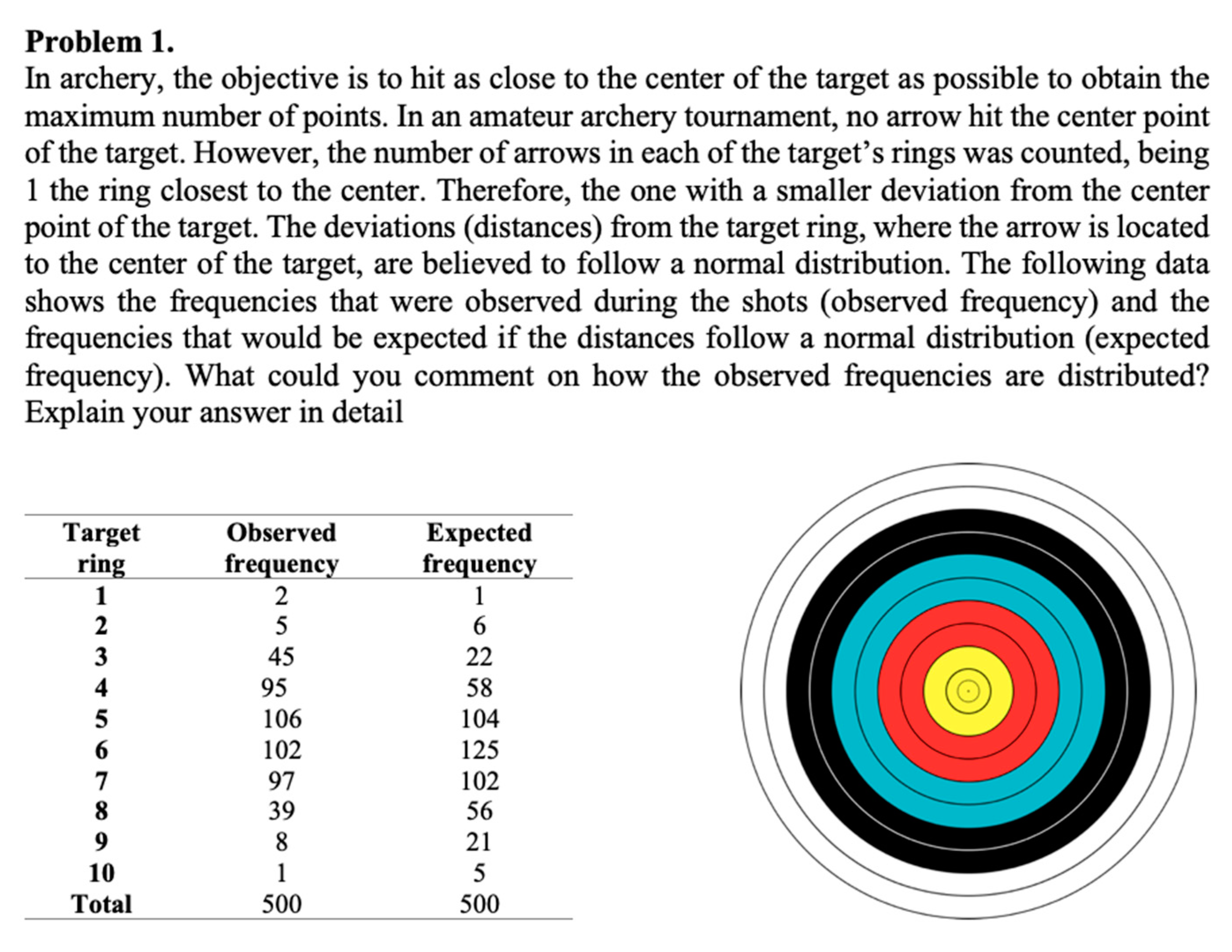
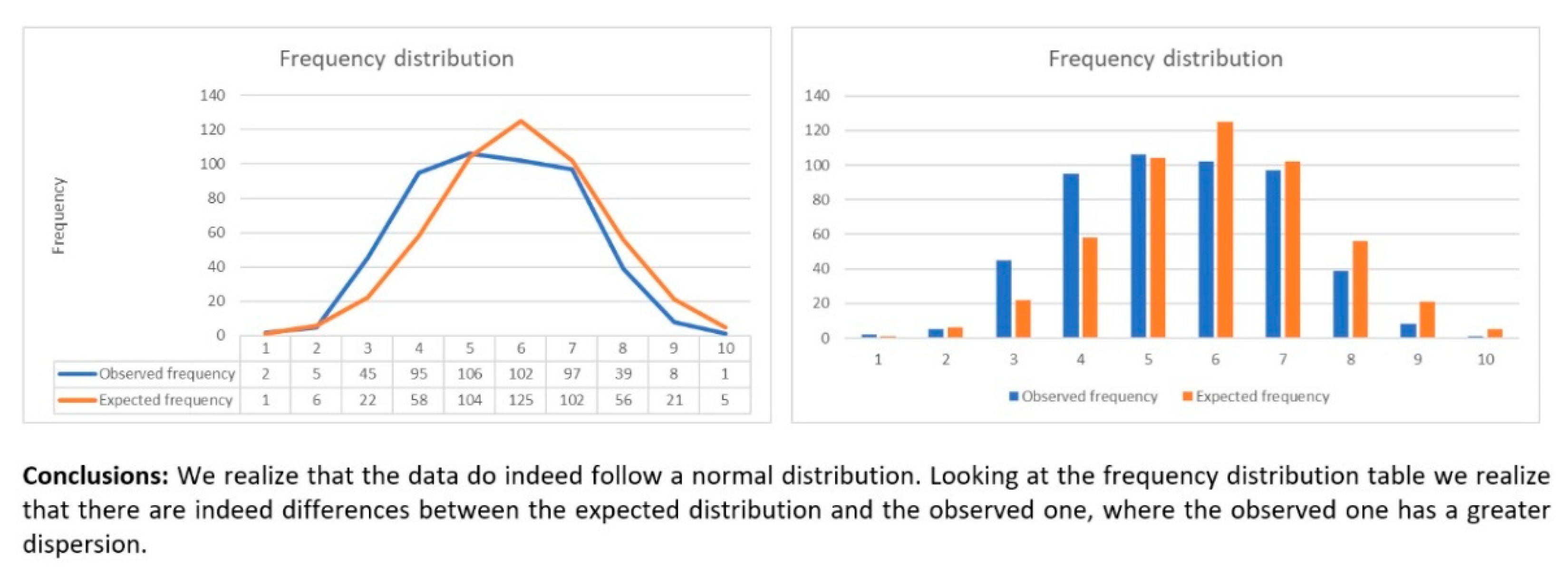


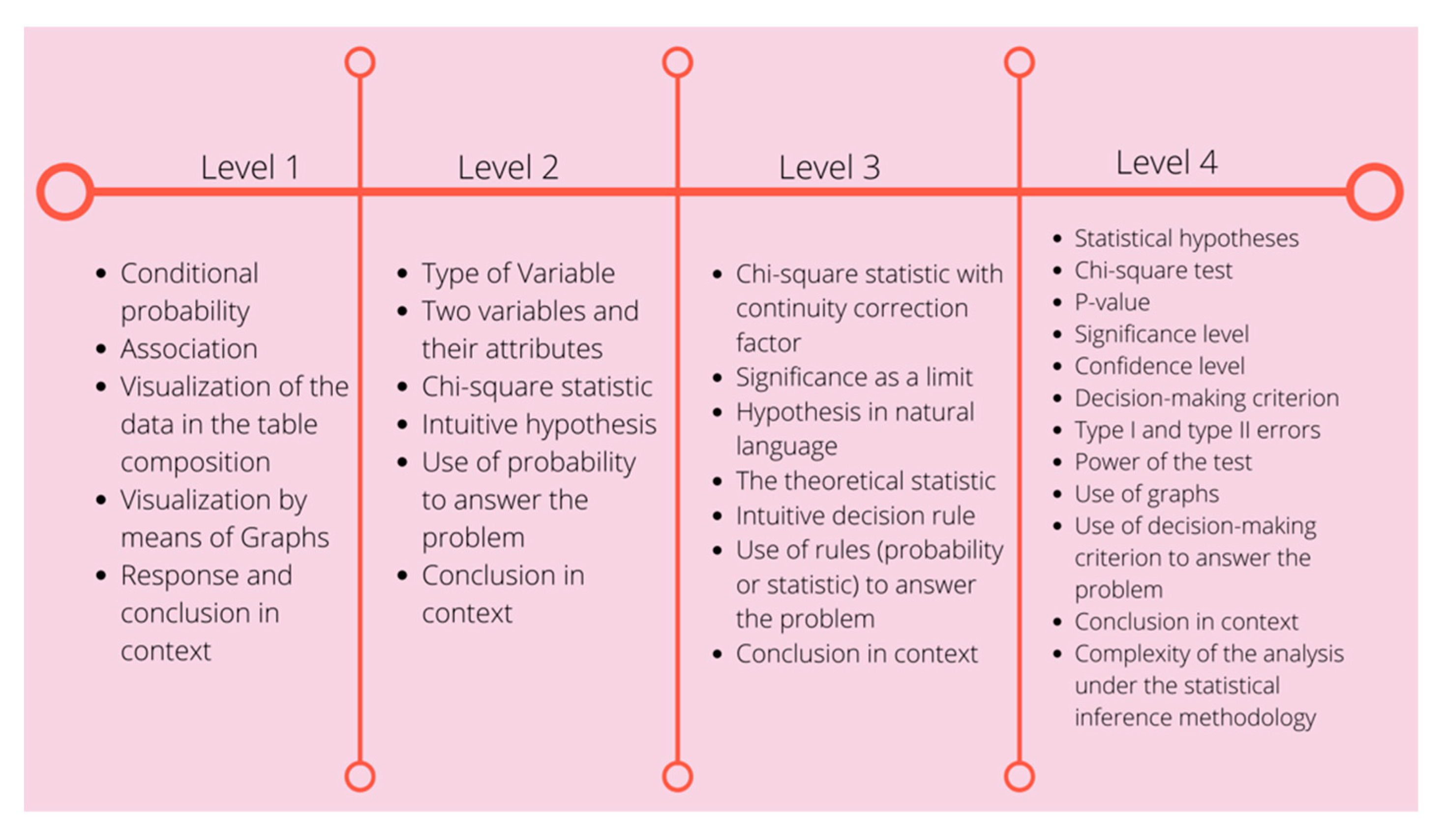
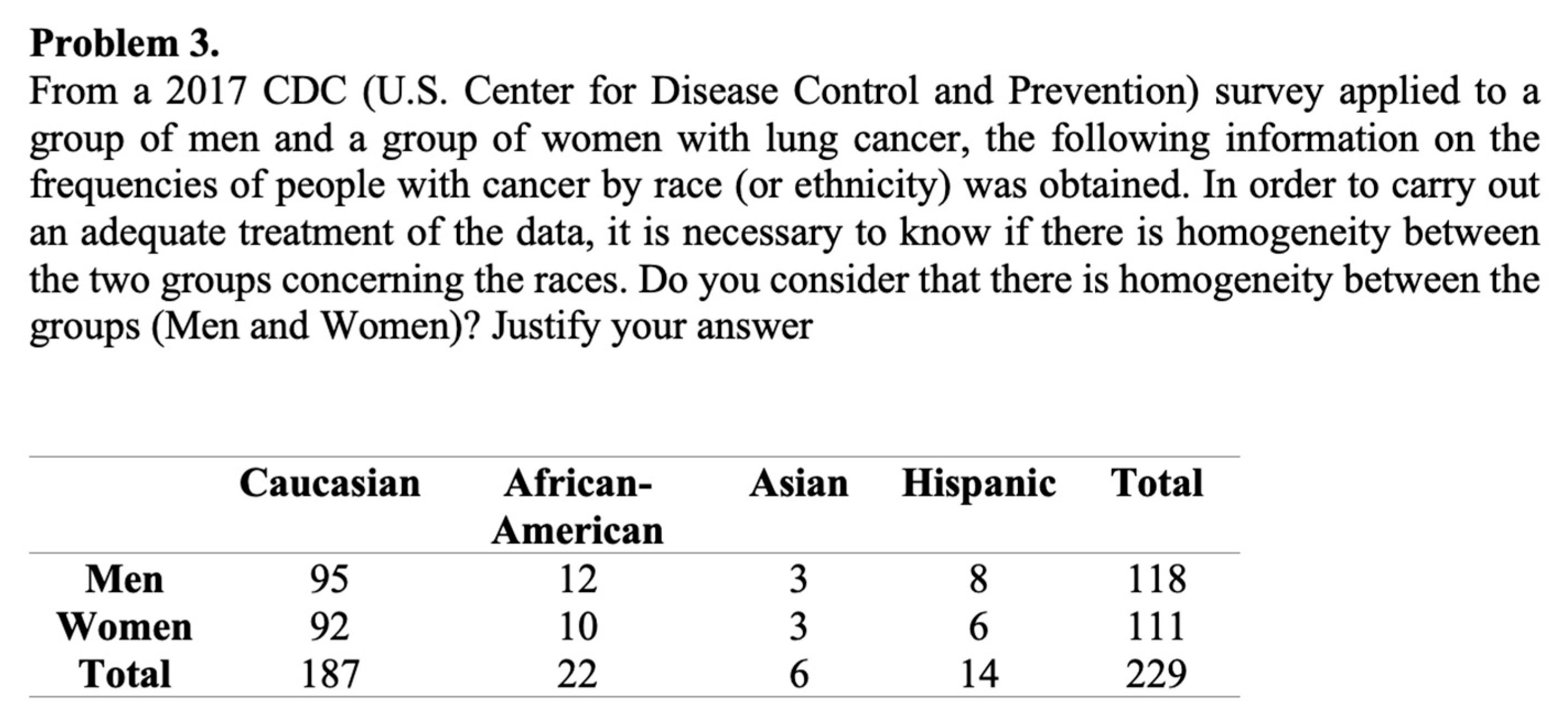
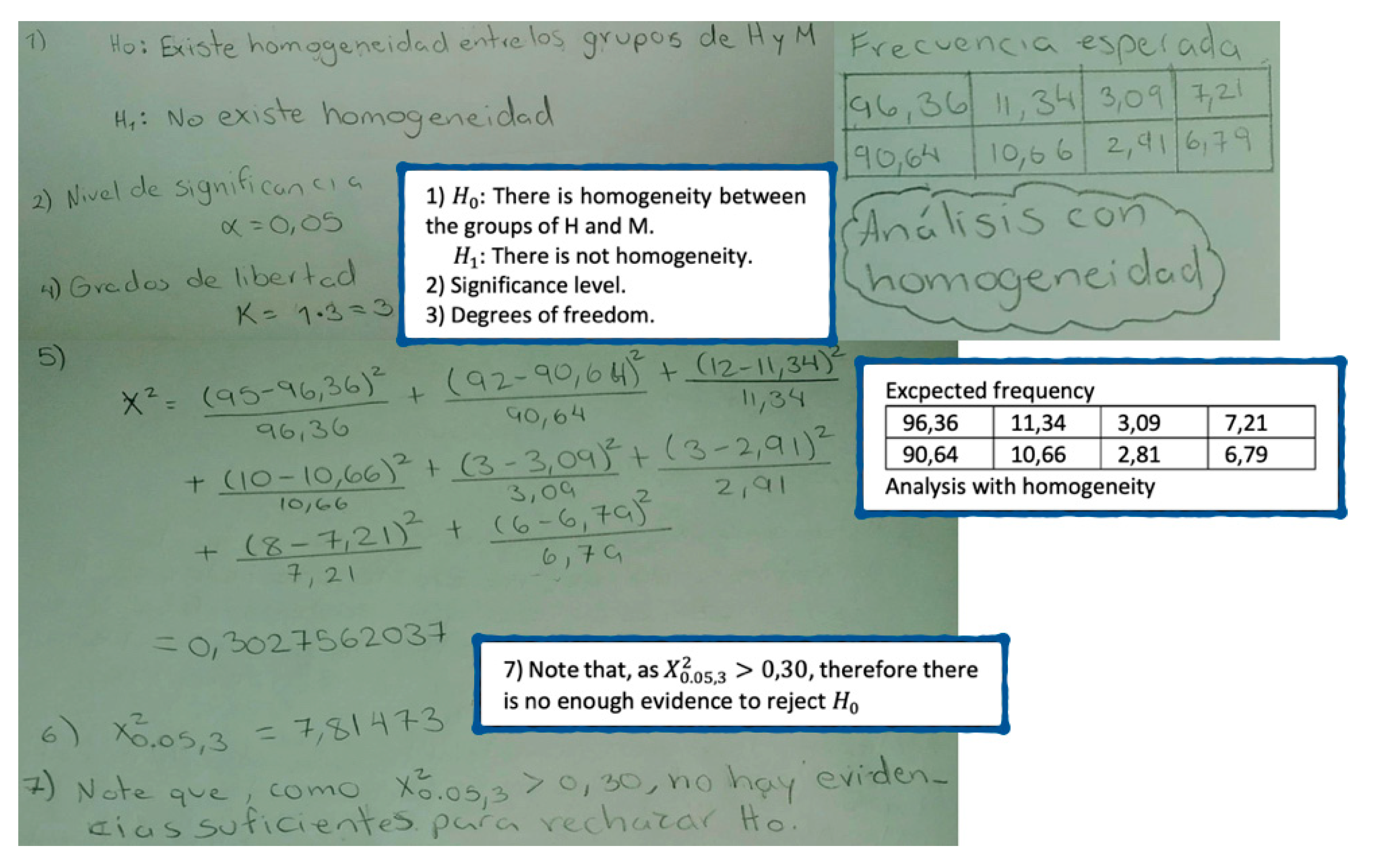
| Components | Indicators |
|---|---|
| Situations/Problems |
|
| Languages |
|
| Rules (Definitions, propositions, procedures) |
|
| Arguments |
|
| Relations |
|
| Components | Indicators |
|---|---|
| Material resources (manipulatives, calculators, computers) |
|
| Number of students, scheduling, and classroom conditions |
|
| Time (for group teaching/tutorials; for learning) |
|
| Group 1 | Group 2 | Group 3 | |
|---|---|---|---|
| Participating teachers | 28 prospective teachers | 41 high school practicing teachers | 22 prospective teachers |
| Probability and statistics courses taken so far | First university course on the subject | Completed all the university courses on the subject. In addition, they teach at the high school level. | Completed all the university courses on the subject |
| Country | Mexico | Latin America (Argentina, Chile, Colombia, Guatemala, Mexico, and Peru) | Costa Rica |
Publisher’s Note: MDPI stays neutral with regard to jurisdictional claims in published maps and institutional affiliations. |
© 2021 by the authors. Licensee MDPI, Basel, Switzerland. This article is an open access article distributed under the terms and conditions of the Creative Commons Attribution (CC BY) license (https://creativecommons.org/licenses/by/4.0/).
Share and Cite
Lugo-Armenta, J.G.; Pino-Fan, L.R. Inferential Statistical Reasoning of Math Teachers: Experiences in Virtual Contexts Generated by the COVID-19 Pandemic. Educ. Sci. 2021, 11, 363. https://doi.org/10.3390/educsci11070363
Lugo-Armenta JG, Pino-Fan LR. Inferential Statistical Reasoning of Math Teachers: Experiences in Virtual Contexts Generated by the COVID-19 Pandemic. Education Sciences. 2021; 11(7):363. https://doi.org/10.3390/educsci11070363
Chicago/Turabian StyleLugo-Armenta, Jesús Guadalupe, and Luis Roberto Pino-Fan. 2021. "Inferential Statistical Reasoning of Math Teachers: Experiences in Virtual Contexts Generated by the COVID-19 Pandemic" Education Sciences 11, no. 7: 363. https://doi.org/10.3390/educsci11070363
APA StyleLugo-Armenta, J. G., & Pino-Fan, L. R. (2021). Inferential Statistical Reasoning of Math Teachers: Experiences in Virtual Contexts Generated by the COVID-19 Pandemic. Education Sciences, 11(7), 363. https://doi.org/10.3390/educsci11070363






